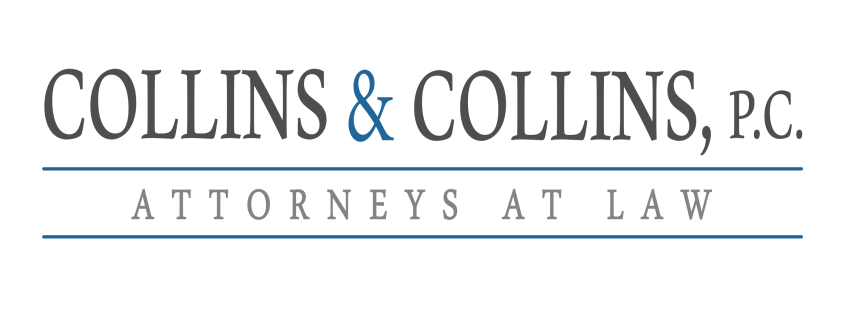Lien Negotiation in a Personal Injury Case
Personal injury cases often involve significant medical expense. Along with those expenses come medical liens on any proceeds from a personal injury settlement. These liens will need to be addressed prior to distribution of the any funds from the settlement. However, in New Mexico, those liens are typically reduced.
Many injured persons are pretty surprised to learn that they have to pay back the medical bills even when they had insurance to cover it. Unfortunately, failure to address the liens can result in serious financial repercussions for both the client and the attorney. Addressing those liens is among the most important services that a personal injury attorney provides to the client.
Required Reduction Under the Common Fund Doctrine
As mentioned, in New Mexico, the liens will be reduced. Typically, a percentage equal to the contingency fee rate based on the attorney fees will reduce them at a minimum. For example, if the contingency fee is 1/3 then the liens will be reduced by 1/3.
There are many medical providers that will balk at this reduction. However, in New Mexico, with rare exceptions, this reduction is required by law. The requirement of the lien reduction arises out of the “common fund doctrine.”
Common Fund Doctrine Based in Equity (Fairness)
The common fund doctrine is an equitable doctrine. In other words, it brings fairness to the payment of medical liens. The common fund doctrine rests on the premise that it is unfair for one party to benefit at the expense of another.
In the case of a personal injury lawsuit, it would not be fair for the injured patient to bear the full burden of collecting the on the medical lien. In other words, why should a medical provider be allowed to sit back and wait for the patient to collect their medical liens from the responsible party while doing nothing on its own to collect on these liens?
Since the injured patient must hire an attorney to collect for his or her injuries, out of which the medical liens are paid, the patient should be entitled to a pro rata reduction in the liens by the percentage of attorney fees on the settlement or award.
Negotiating the Liens Beyond the Common Fund Doctrine
The common fund doctrine sets a baseline reduction on the lien reduction. However, it is possible to reduce the liens by more than the contingency fee rate on attorney fees.
This gets back to the last section related to the inadequacy of insurance coverage in many personal injury claims. The most common example is the inadequate liability coverage on auto accidents. In New Mexico, the minimal limits are only $25,000. In New Mexico, most drivers carry minimal limits if they have coverage at all.
In cases of serious injuries, the medical expense alone will often greatly exceed these limits. In these cases, the personal injury attorney will work with medical providers to reduce the medical liens by both the percentage of attorney fees as well as the percentage of injuries that remain uncompensated. For example, if the injured person has $100,000 in injury damages and receives only $25,000, there is a very good argument to reduce the liens in proportion to the unrecovered damages factoring in the payment of attorney fees.
Need for an Experienced Personal Injury Attorney
The reduction of liens sounds simple enough. However, it can be quite challenging. Because medical providers, like any other business, are not all that keen on reducing liens on services provided, lien reduction requires the assistance of an experienced personal injury attorney. Without one, the injured person can truly end up on the short end of the stick once the dust has settled and all the liens have been paid.
Related Readings:
Medicare Liens Including Medicare Set Asides Apply to Medical Damages Only!
Medicare/Medicaid Lien Reduction for Attorney Fees
Paying Medical Bills Pending A Car Accident Settlement
